-

National interactive map and charts show Medicaid-dependent counties and populations at risk. Read more
-

Non-labor income sources such as investments, Social Security, Medicare, and Medicaid often are the largest and fastest growing sources of personal income for many counties. Rural counties especially are surprisingly dependent on non-labor income. Read more
-
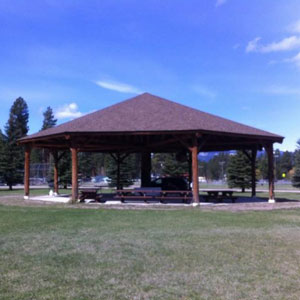
Many rural western towns face economic uncertainty. This report—informed by interviews and public meetings with residents—compares Lincoln to peer communities and outlines rural economic development options building on the town’s strengths. Read more
-
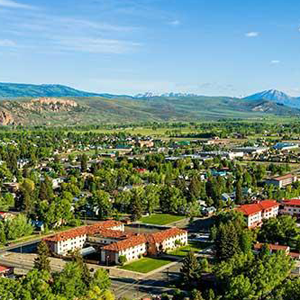
Explore socioeconomic trends in Gunnison County and neighboring Colorado counties. Read more
-
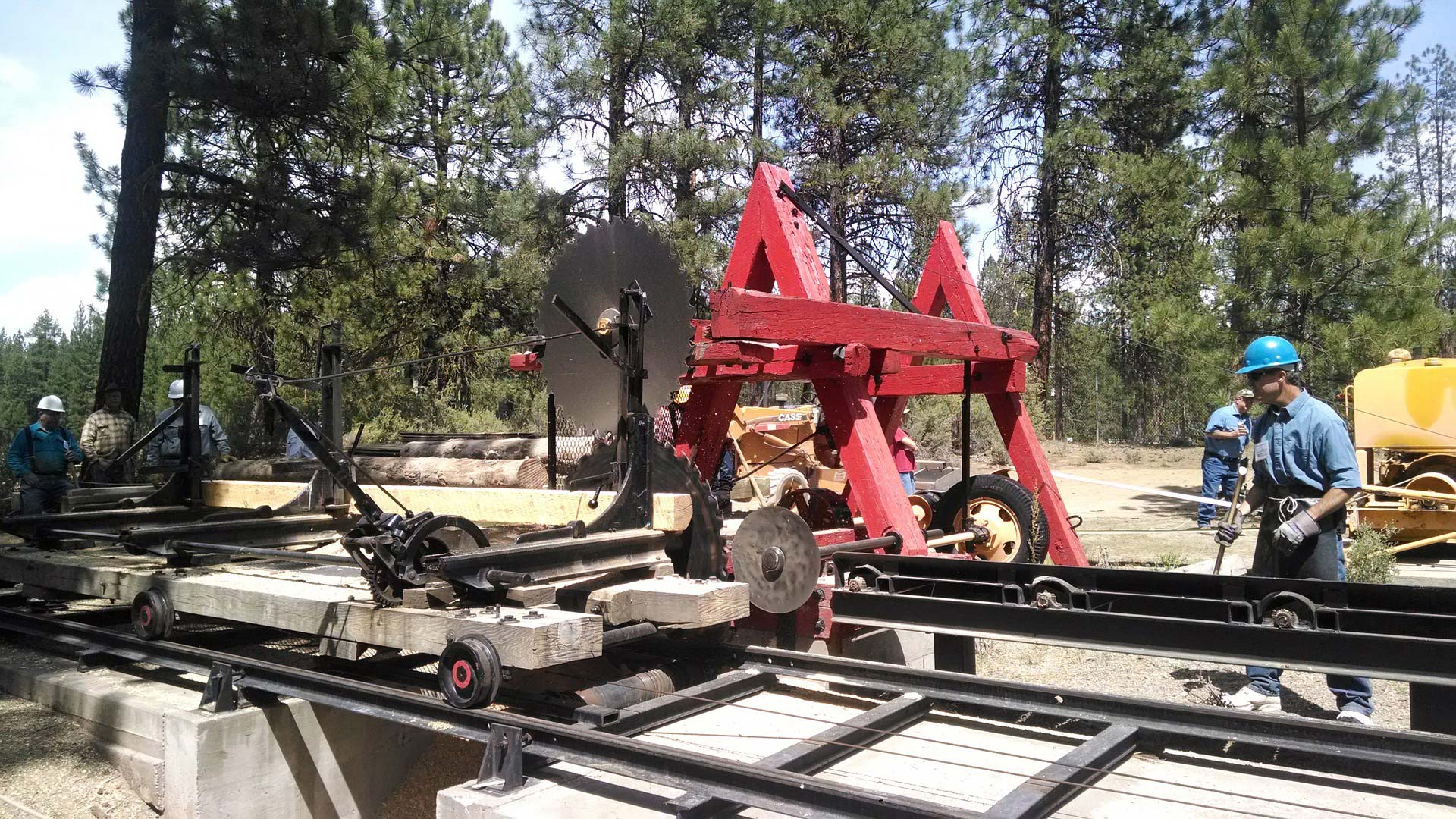
Recent trends in manufacturing and what they mean for the people and communities of the American West, with insights for rural areas in particular. Read more
-
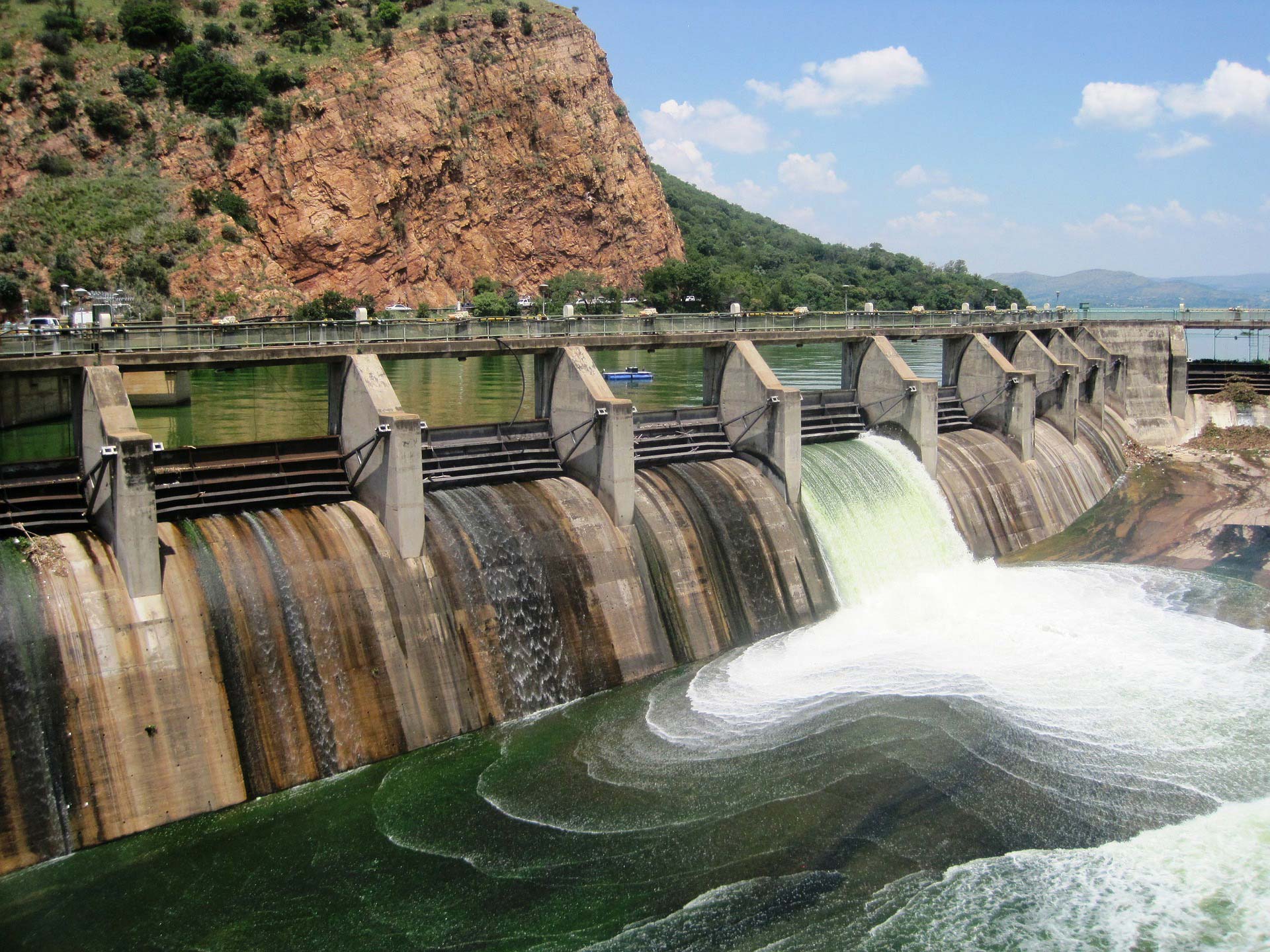
Six dam removal case studies on the fiscal, economic, environmental, and social benefits of dam removal. Read more
-
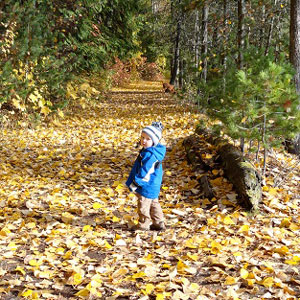
Survey provides information on Bonner County’s trail system and will help prioritize improvements based on resident usage, satisfaction, reasons for living in the area. Read more
-
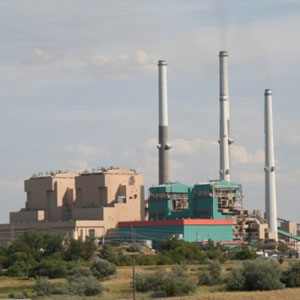
While Montana is likely to experience relatively small impacts, coal-dependent communities in Eastern Montana are likely to feel the acute effects of job losses and declining tax revenue in the coming decades. Read more
-
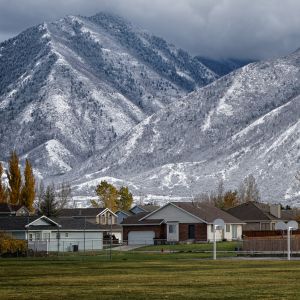
The High Divide region, recognized as one of the most intact biological areas in the lower 48 states, is attracting many new residents and home construction is changing the landscape. Read more
-
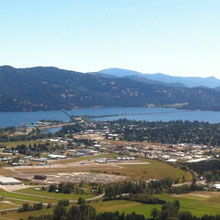
Analysis shows that Bonner County’s economy has grown steadily and been resilient, despite recessions and losing several large employers, and many local businesses are committed to the community and its high quality of life. Read more
-
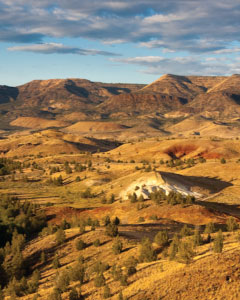
Like many rural counties in the West, Wheeler County faces economic difficulties. It also has untapped resources and opportunities, which suggest the possibility of a brighter economic future. Read more
-

This updated report analyzes the economic value of public lands in Grand County, Utah and the important role that these lands play for local businesses and the well-being of the region’s economy. Read more
-
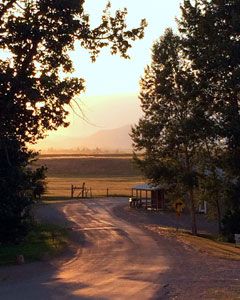
This report provides an overview of the Blackfoot River watershed’s economy and summarizes the findings from six focus groups that explored potential economic opportunities. Read more
-
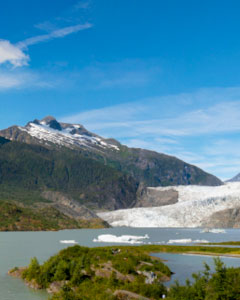
This report examines whether the Tongass Transition Framework, which proposed a “new path forward,” is working to enhance economic opportunities in southeast Alaska while conserving the National Forest. Read more
-
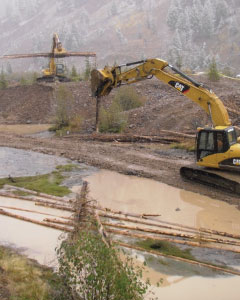
This report provides a way to calculate the economic impacts of natural resource restoration activities to nearby communities that should be helpful to local officials, agency staff, and policy analysts. Read more
-
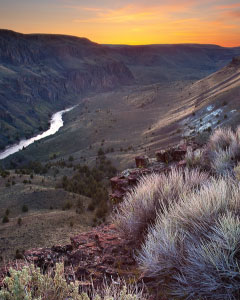
This report provides an initial analysis of the potential economic impact of protecting the Owyhee Canyonlands area in Malheur County, Oregon. Read more
-
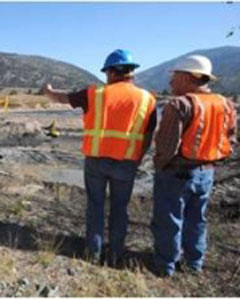
Headwaters Economics worked with the Clark Fork Coalition, U.S. Forest Service, and others to create an interactive tool that describes many of the stories behind the ongoing recovery of the Clark Fork River. Read more
-
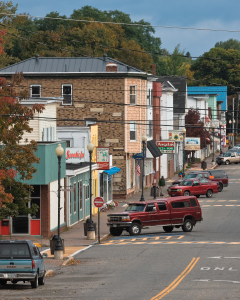
Headwaters Economics completed two reports on the economic costs and benefits of a possible new National Park and Recreation Area for Penobscot and Piscataquis Counties, Maine. Read more
-
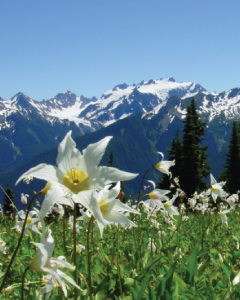
Report on the economy of the Olympics Peninsula and impact of the Wild Olympics proposal. Read more
-
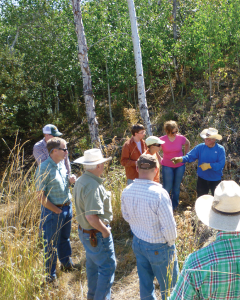
This report summarizes interviews with local government and business leaders on obstacles to and opportunities for local economic recovery in Carey, Idaho from the last recession. Read more